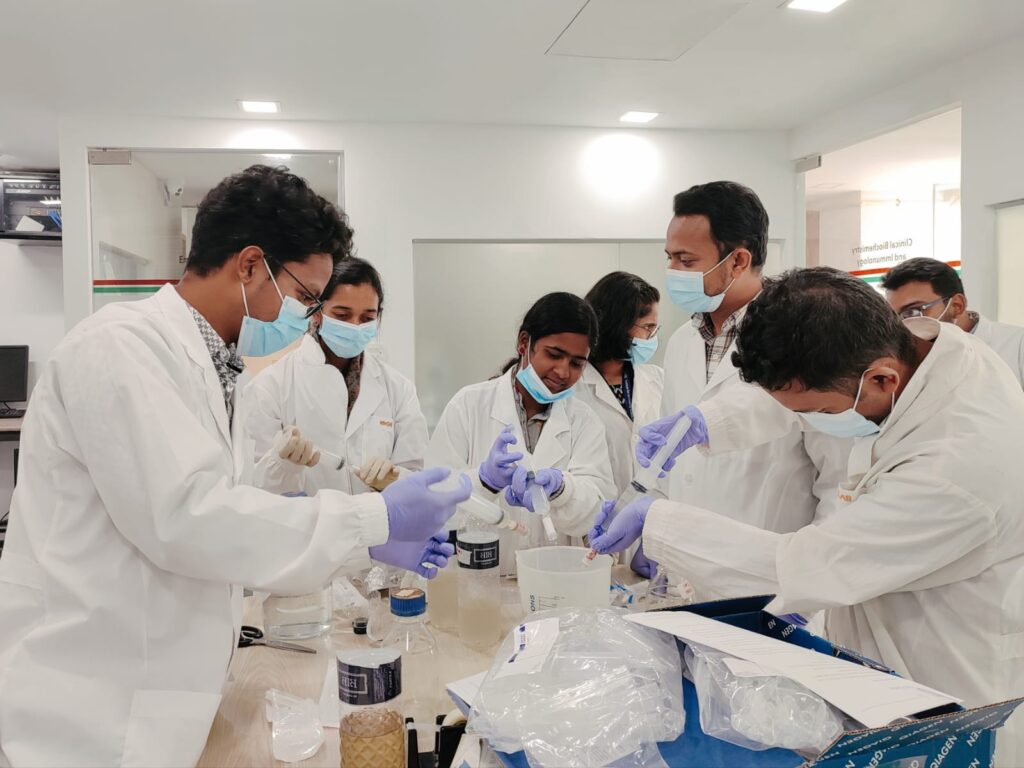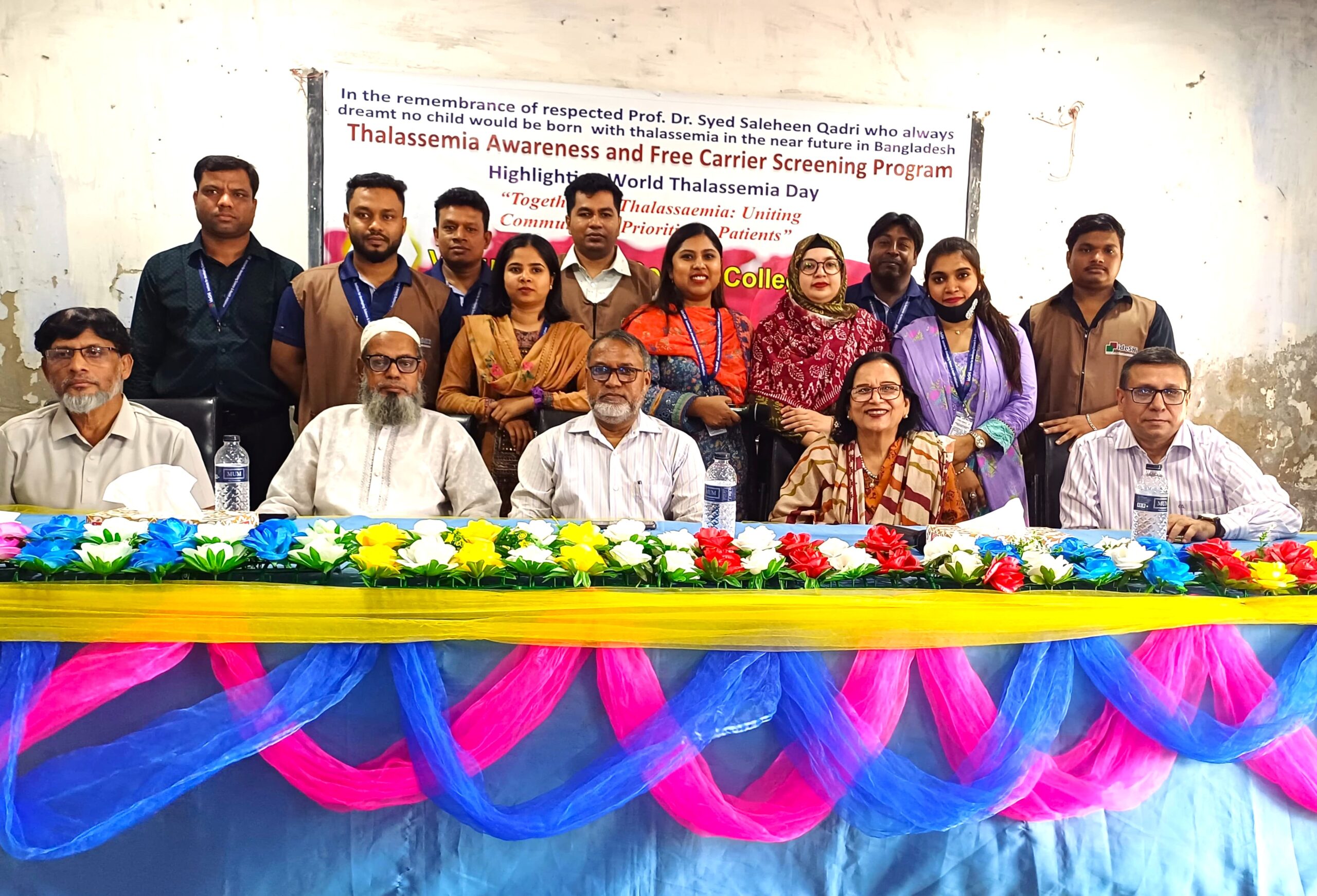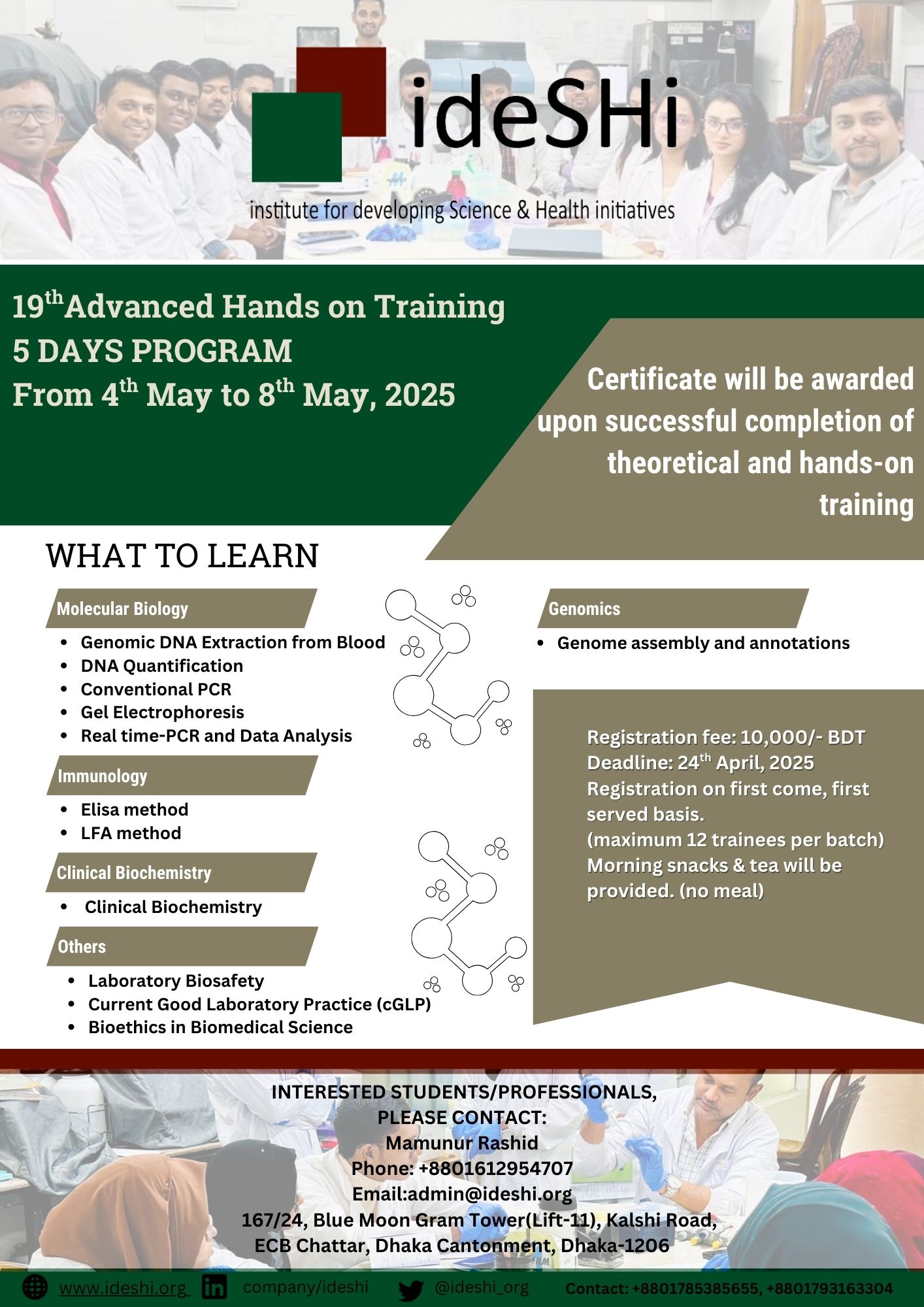ideSHi has taken on an exciting research project focusing on the AMR pattern in our local water sources. Using metagenomic analysis, we hope to find the antimicrobial resistance genes prevalent in the water that we use, to further our understanding of AMR in our region.
Antimicrobial Resistance (AMR) and Water
Overuse of antibiotics in farms and hospital settings lead to bacteria mutating under selection pressure to develop resistant strains that cannot be destroyed using typical antibiotics. The emergence of multidrug resistant (MDR) bacteria has created a global medical emergency that causes hundreds of thousands of deaths every year.
When we think of water pollution, we do not commonly think about antimicrobial resistance. However, investigating AMR in water is extremely important – agricultural and pharmaceutical waste regularly discharge antimicrobial resistant genes that end up in our water supply, both in the water we drink and use in hospitals. Environmental factors like water are thus a significant dissemination route for antimicrobial resistance1.

AMR Analysis of Water in the Lab
ideSHi’s pilot phase in surveying AMR pattern in water covers various open water sources around ECB Chattar in close distance to our lab. At first, we collect water samples, which we filter before carrying out total nucleic acid extraction. This then goes into metagenomic analysis at our Genomics Lab. Another set of samples are sent to our microbiologists for microbiological analysis to identify the set of bacteria present.
We are grateful to have the help of our Visiting Scientist Dr. Sushmita Sridhar on this project. Dr. Sridhar is a Postdoctoral Research Fellow at the Global Enterics Laboratory of the Massachusetts General Hospital who has researched extensively on antimicrobial resistance.
1Bengtsson-Palme J, Kristiansson E, Larsson DGJ. Environmental factors influencing the development and spread of antibiotic resistance. FEMS Microbiol Rev. (2018) 42:68–80. doi: 10.1093/femsre/fux053





